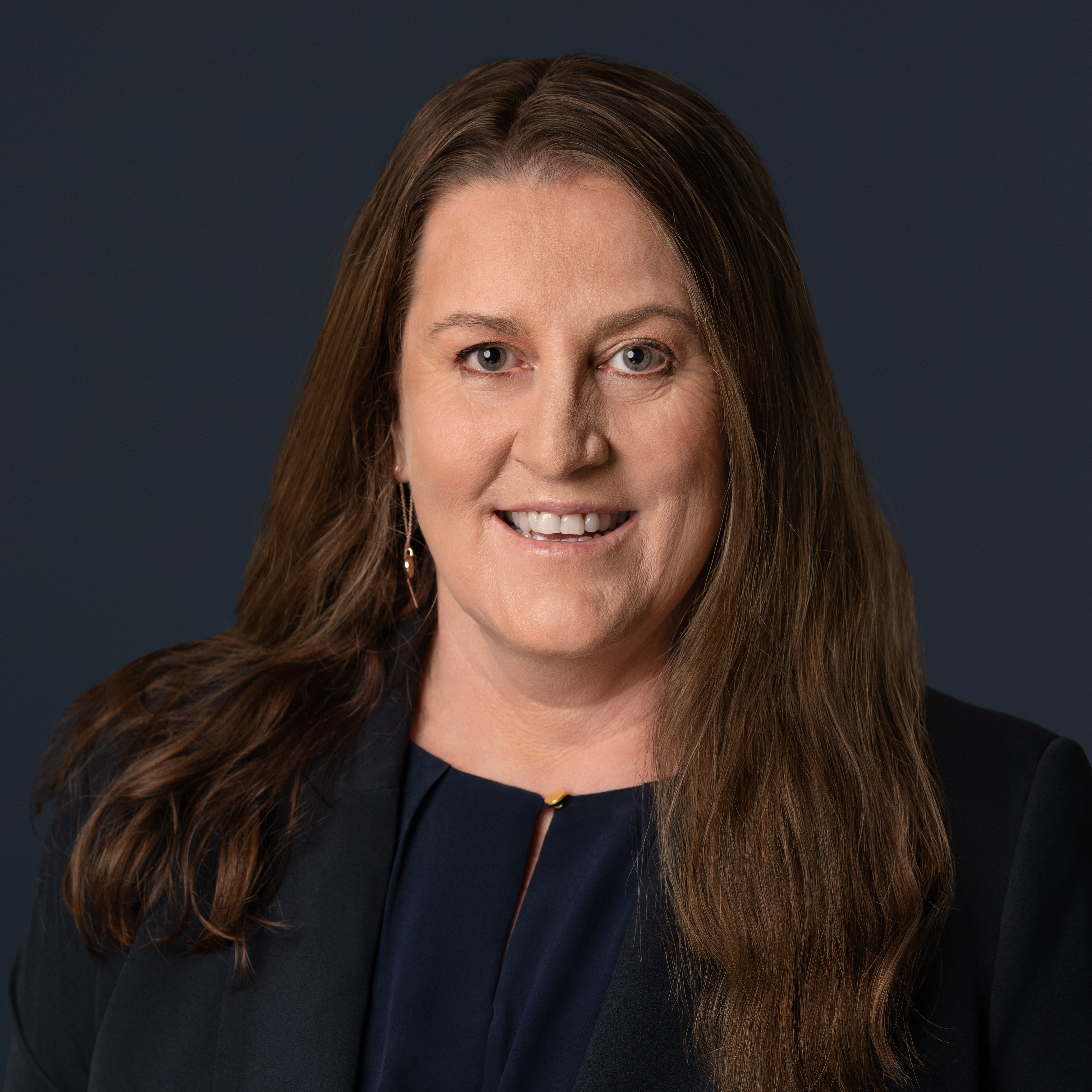Designed to improve transparency, comparability and disclosure of leasing activities there is a new leasing standard coming - AASB 16. It takes effect on January 1, 2019 and you need to be ready. In this article we look at what are the changes, who it affects and what you need to do in order to be ready by 1 January 2019. Sydney Accountants, AASB 16
The new standard is called AASB 16 Leases. It removes the concept of operating and finance leases and replaces it with a single accounting model. Under this new model lessees must put all leases including property and equipment on the balance sheet as a new ‘right of use asset’ and ‘lease liability’. It will exclude small value assets (less than $5,000 when new) and short term leases (those under 12 months).
This new model will affect reporting entities only
If you currently prepare only special purpose financial reports you will not be required to adopt the new standard – only those “reporting entities” preparing general purpose financial reports will be affected.
The new model will require changes to KPI’s
The financial benefits and risks of leasing will remain unchanged, however, this new model will require changes to key performance indicators and changes to the balance sheet and profit & loss. There will be increased new information required to support the calculations used such as the lease term, discount rates, in-substance lease payments and the inclusion of purchase options and termination payments.
The new standard will no longer be off the balance sheet for accounting. It will use financial metrics such as the gearing ratio and EBITDA. While this will increase comparability, it may affect covenants, credit ratings, borrowing costs and also your stakeholders perceptions.
New requirement of separating lease components from non-lease components
From 1 January 2019 you will need to start separating out non-lease components in a contract. For example a car lease will contain the lease component and then non-lease components such as servicing. Previously accountants didn’t separate out the two because they had similar implications on your accounting. However this won’t be the case and the lessees and the lessors will be required to separate lease components from non lease components. #Word
While it officially kicks in on January 1, 2019 the new leases standard permits early application. The lessee must choose either a full retrospective approach or a modified retrospective approach in order to transition to the new standard. The selected approach needs to be applied to the entire lease portfolio. #accountingnews
The full retrospective approach requires that entities to retrospectively apply the new standard to each prior reporting period presented as required by the IAS 8. They will need to adjust equity at the beginning of the earliest comparative period presented.
For the modified retrospective approach a lessee does not restate comparative information. The date of initial application is the first day of the annual reporting period in which a lessee first applies the requirements of the new leases standards. At the date of the initial application of the new leases standard, lessees recognise the cumulative effect of initial application as an adjustment to the opening balance of equity as of 1 January 2019. #AASB16leasestandard #IFRS16lease
Are you unsure how to apply the new lease standard? Talk to Us!
If you have current leases in your business and you are unsure as to how you need to apply the new lease standard or which approach to take please make sure you speak to one of our tax accountants.
This article is intended to provide general information only, and is not to be regarded as legal or financial advice. The content is based on current facts, circumstances, and assumptions, and its accuracy may be affected by changes in laws, regulations, or market conditions. Accordingly, neither Azure Group Pty Ltd nor any member or employee of Azure Group or associated entities, undertakes responsibility arising in any way whatsoever to any persons in respect of this alert or any error or omissions herein, arising through negligence or otherwise howsoever caused. Readers are advised to consult with qualified professionals for advice specific to their situation before taking any action.








Comment